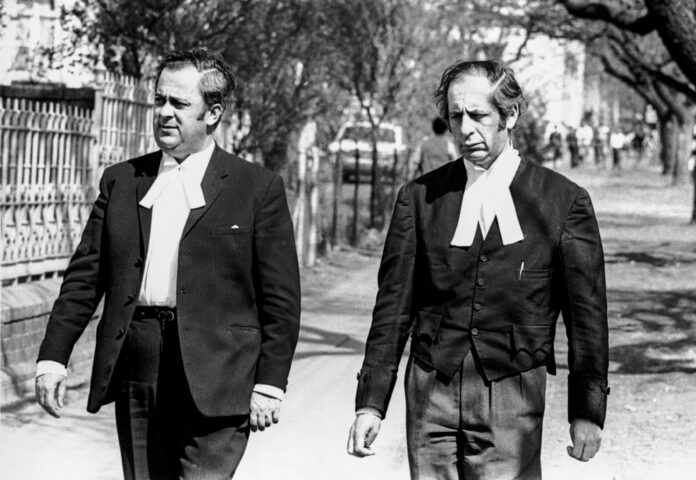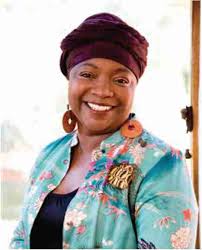Cape Saint Francis, Lighthouse in the Eastern Cape
Bizos and Kentridge

Sibongile Susan Mkhabela
The youngest child of Mozambican immigrants, Sibongile (Bongi) Susan Mkhabela (nèe Mthembu) grew up in Zola, one of the poorest areas in Soweto, Transvaal Province (now Gauteng). Her mother never went to school, while her father worked as a painter but was exploited by his White employer. When her mother died in 1971, her father had to look after the family on a salary of just R20 a week.

St. Mary's Cathedral, Cape Town (also known as; 'Parish of Our Lady of the Flight into Egypt'
http://stmaryscathedral.org.za/mass-times/
https://www.timeslive.co.za/news/south-africa/2020-04-20-st-marys-cathedral-parish-in-cape-town-plundered-and-vandalised/https://www.cometocapetown.com/guide-to-christmas-in-cape-town-events-parades-and-lights/
https://adct.org.za/most-reverend-archbishop-stephen-brislin/
Slangkop Lighthouse, Kommetjie- Cape Town
Fordsburg and the Oriental Plaza, Johannesburg
Named after Lewis Peter Ford of the Jeppe and Ford Estate Company, Fordsburg was built on the outskirts of the Johannesburg gold reef to house miners. The multi-ethnic suburb has a fascinating and turbulent history. “Fordsburg was always a working class suburb,” Rich in History and bearing the scars of its past with pride, Fordsburg today is a collision of bold colour, spicy streets, enticing flavours and bargains galore. It was once part of the Farm on which gold was first discovered, and for years attempts were made to regulate the Area into a Whites-only District. A strong spirit of activism prevented this. Fordsburg is a mix of Indian, Pakistani, Somali, Turkish, Ethiopian and Syrian cultures. Fordsburg’s history dates back to the 1800's, when gold miners were housed there. It was also the site of the 1922 Red Revolt, when armed white miners went on strike against lower wages so that more and cheaper black miners could be employed at a cheaper rate. The strike grew to a rebellion against the Government. It was suppressed by bomber aircraft, guns and tanks, and 200 people were killed. From the 1920's on wards, Fordsburg was multicultural — mostly Chinese, Indian, coloured people and a few whites lived there! In the 1950's it was declared a “Whites Only” Suburb but people resisted and forced removals of communities, to Indian-only Lenasia occurred! This was a destruction of a vibrant multicultural community in the adjoining Pageview, then known as Fietas. Because of the predominantly Muslim Population most Restaurants do not serve alcohol and shops are closed on Friday during prayer times. ORIENTAL PLAZA- What began as a tragic incident in the mid-1970's, with the forced removal of Indian traders from 14th Street in Pageview, Johannesburg’s ‘Petticoat Lane’! Now has become a thriving Shopping Centre with 360 Stores, in the heart of Fordsburg. Offering an array of fabrics, haberdashery, bridal outfits and accessories and thousands of pairs of shoes are just some of the items that draw droves of people to the Oriental Plaza each month from all over South Africa and neighbouring Countries. Silk flowers, jewellery, brass ware, children’s toys and an extraordinary range of sari fabrics are also on offer, along with fabrics that match any specification. Shops offer tailoring services on-site, and will make up curtains or other household items. On August 16, 1908, Mahatma Gandhi led 3 000 supporters to Hamidia Mosque, in Fordsburg. Among them Muslims, Hindus and Christians! Where they burned their ‘pass’ documents. (These were the identity documents that all people classified ‘non-white’ by the Government of the day were forced to carry in order to travel across the City, or face being imprisoned!) The bonfire was lit in a cauldron and this event was the first recorded burning of pass documents in South Africa, an action that would later be emulated by the anti-Apartheid resistance movement. It was also the beginning of Satyagraha, the passive resistance campaign Gandhi formulated. In 2007 artist Usha Seejarim, commissioned by the Sunday Times Heritage Project, marked the spot with a sculpture of a potjie (a three-legged cast-iron pot) beneath which is placed a wheel, that when spun produces an image of a pass document burning.
